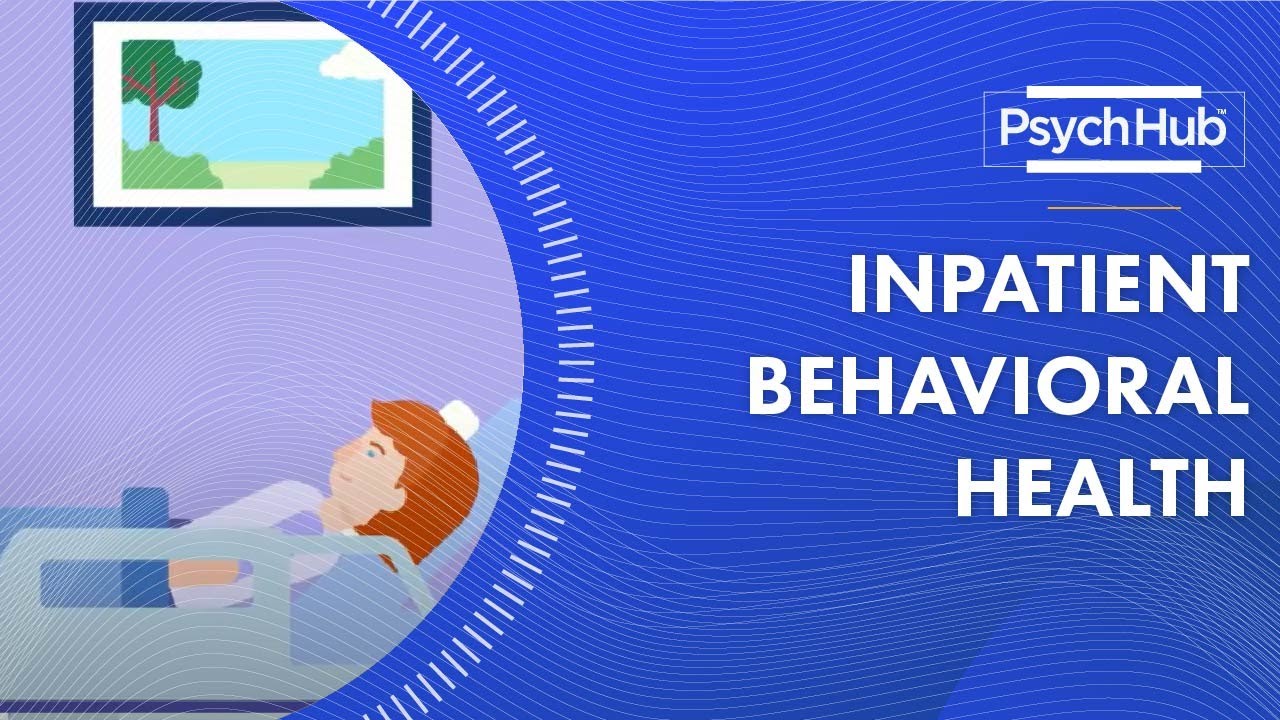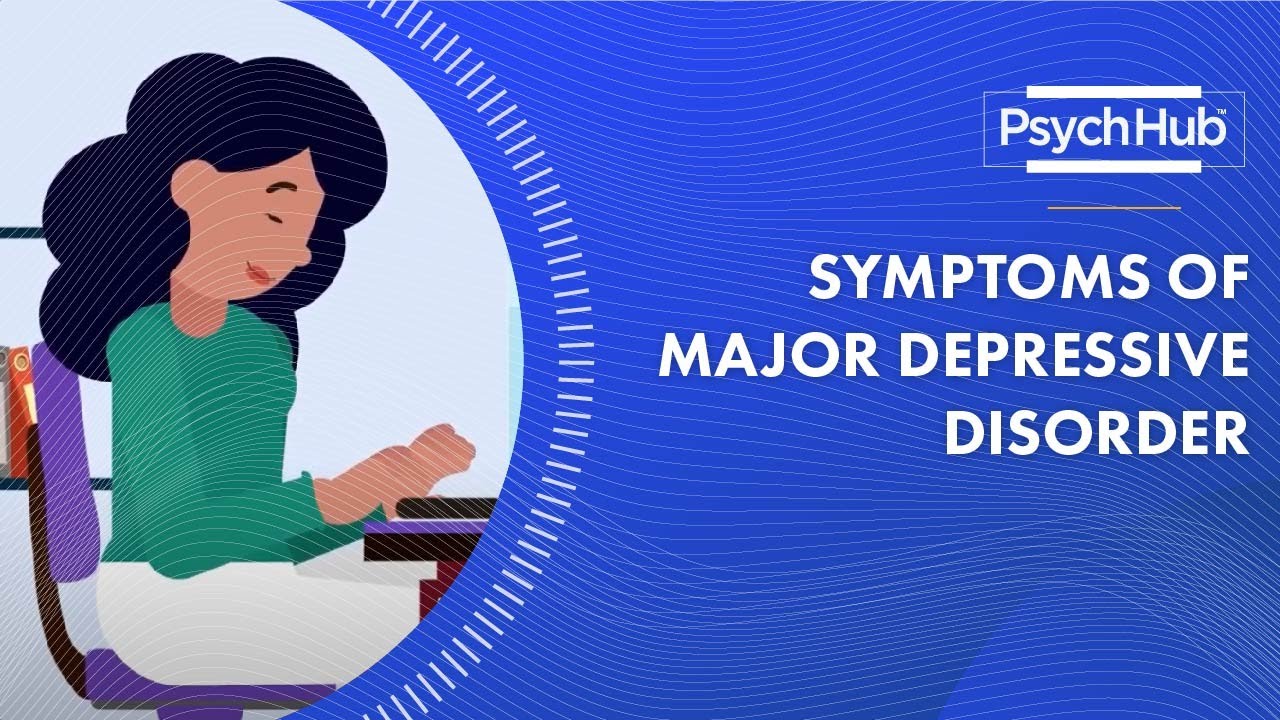Have you ever wondered if there could be a way to manage chronic pain without relying solely on medications? Chronic pain affects millions of people worldwide, significantly impacting their quality of life. It’s particularly prevalent amongst older adults, often leading to physical limitations and mental health challenges.

What Are Telehealth Mindfulness Programs?
Telehealth mindfulness programs are digital interventions that deliver mindfulness-based therapies via online platforms. This approach can be both group-based and self-paced. These programs usually consist of guided meditations, mindfulness exercises, and educational material on pain management. Delivered through video conferences or pre-recorded videos, these interventions are designed to fit into the participant’s schedule and can often be managed from the comfort of their own home.
The Study: Understanding the Research
A recent multisite randomized clinical trial explored the effectiveness of telehealth mindfulness programs in managing chronic pain. This study involved 811 veterans, with an average age of around 55 years. A notable 25% of these participants were retired, making the findings particularly relevant for older adults.
Researchers conducted two main types of mindfulness-based interventions (MBIs):
-
Group-Based MBI: This was conducted via video conferences, incorporating mindfulness education and skill training videos prerecorded by an experienced instructor. These sessions also included facilitated discussions.
-
Self-Paced MBI: Like the group-based MBI, but participants completed the program according to their own schedule. It also included three individual facilitator calls.
Key Findings of the Study
The results of the study, published in JAMA Internal Medicine, were encouraging. Both telehealth-based MBIs led to significant improvements in pain-related functioning compared to usual care. Here are some of the key outcomes:
- Pain Intensity: Participants in both the group and self-paced mindfulness programs experienced reduced pain intensity.
- Physical Function: Improvements were noted in physical function, allowing participants to perform daily activities with greater ease.
- Mental Health: Both types of MBIs led to better mental health outcomes, including reduced levels of depression and anxiety.
Likelihood of Improvement Over Time
The likelihood of 30% improvement from baseline was greater for participants in group MBI at both 10 weeks and 6 months. For those opting for self-paced MBI, notable improvements were observed consistently at 10 weeks, 6 months, and 1 year.
The Impact on Older Adults
Though the study was not exclusively focused on seniors, the findings are still highly relevant. With a significant number of older adults included in the research, it suggests that these scalable, relatively low-resource MBIs could be highly beneficial for this demographic. Older adults, often dealing with multiple comorbid conditions, stand to gain substantially from nonpharmacological interventions like mindfulness.

Benefits of Mindfulness-Based Interventions
You may be curious about the specific benefits of mindfulness-based interventions for chronic pain management. Let’s break it down:
Table 1: Benefits of Mindfulness-Based Interventions
| Benefit | Description |
|---|---|
| Pain Reduction | Mindfulness helps alter the cognitive perception of pain, making it more manageable. |
| Improved Physical Function | Enhanced mindfulness leads to better mobility and reduced physical limitations. |
| Mental Health Benefits | Reductions in anxiety and depression are common among participants. |
| Quality of Life | Participants often report an overall improvement in their daily lives and a better sense of well-being. |
How Telehealth Bridges the Accessibility Gap
You might wonder how telehealth can play a role in delivering these programs effectively. The answer lies in accessibility and convenience.
Accessibility
Telehealth removes the limitations imposed by geographic distances and physical disabilities. It makes it easier for those with mobility issues or those living in remote areas to access quality care.
Convenience
From scheduling to participation, everything can be managed from home. This convenience is particularly beneficial for older adults who may find frequent trips to healthcare facilities challenging.

The Modest Yet Significant Improvements
Although the improvements from these programs were described as modest, they are significant enough to consider incorporating mindfulness-based approaches into pain management strategies. This is especially pertinent for older adults who may have limited options concerning pharmacological treatments.
Incorporating Mindfulness into Your Daily Routine
To make the most out of telehealth mindfulness programs, incorporating mindfulness into your daily routine can be beneficial. Here are a few suggestions:
- Morning Meditation: Start your day with a short, guided meditation to set a positive tone.
- Mindful Eating: Pay close attention to the food you eat, savoring each bite and focusing on the taste and texture.
- Body Scan: Take a few moments each day to conduct a body scan. Focus on each part of your body, noting any tension or discomfort and consciously relaxing these areas.

Future Potential of Telehealth MBIs
The promising results of this study suggest a bright future for MBIs in chronic pain management. These interventions are scalable and can be integrated into existing healthcare systems with relative ease. They hold potential not only to alleviate physical pain but also to improve mental health outcomes significantly.
Conclusion
Living with chronic pain can be incredibly challenging, but telehealth mindfulness programs offer a promising, nonpharmacological approach to manage it. The recent study on veterans has shown significant improvements in pain intensity, physical function, and mental health. For older adults, especially, these findings are encouraging as they provide a feasible, accessible option for managing chronic pain effectively.
As healthcare systems increasingly embrace digital solutions, mindfulness-based interventions delivered via telehealth could become a vital part of comprehensive pain management strategies. Although the improvements may seem modest, they offer a valuable addition to the various tools available for managing chronic pain, especially for older adults and others who may struggle with traditional forms of therapy.
Exploring these options with your healthcare provider could offer a pathway to better pain management and improved overall well-being. So, if you’re searching for alternative ways to manage chronic pain, consider the potential benefits of telehealth mindfulness programs. They might just make a significant difference in your quality of life.



